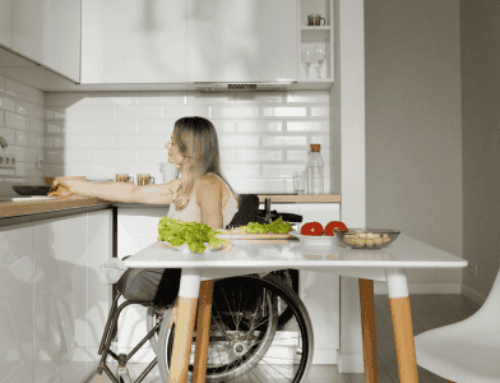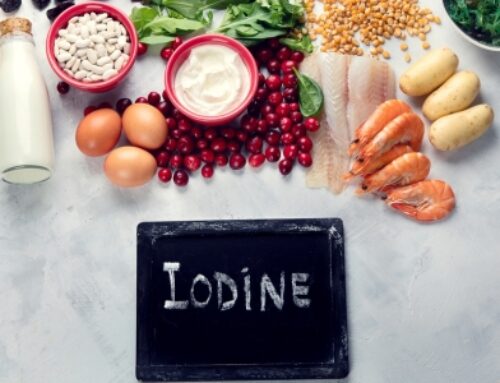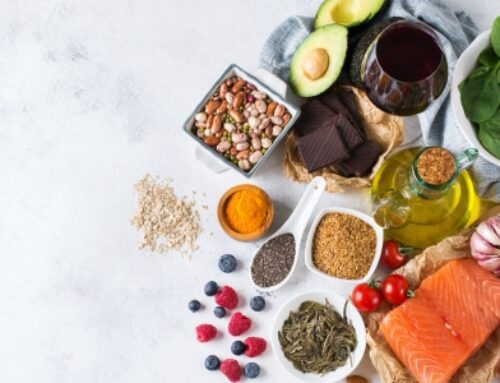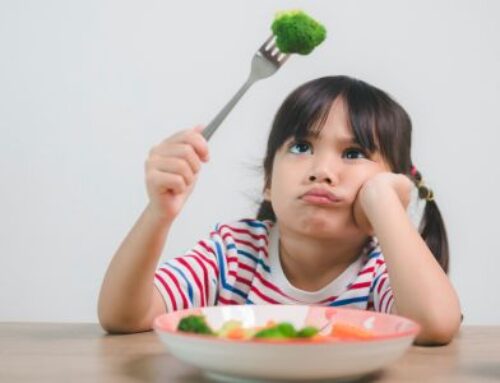
There could be a multitude of reasons why you may be following a vegan diet yourself, be it animal welfare, environmental concerns or even both.
It’s understandable that you would want to raise your children under the same belief system but are possibly wondering if a vegan diet is ok for growing children.
The short answer: Yes
BUT, there are some very important factors to consider.
A vegan diet can provide adequate calories for growth, and careful planning and attention to some key nutrients will ensure that your child has a complete diet.
IRON
Iron is an essential mineral for good health, especially due to its role in oxygen transport throughout the body and brain development. There are plenty of plant-based (non-haem) iron rich foods – lentils, chickpeas, tofu, cashews, chia seeds, whole grain foods and fortified breakfast cereals.
We absorb this less readily than haem-iron (iron from meat), however we can improve this by including a source of vitamin c with iron rich foods. For example, lentils in a tomato-based sauce.
In raw plant foods there is also a lower bioavailability of iron (how easily it is absorbed by the body) due to the presence of phytates. By cooking these foods, we help to improve the bioavailability as the heat denatures the phytates. For this reason, cooked spinach is going to give a bigger iron hit than baby spinach in a salad. Other food processes such as soaking, sprouting or fermenting can also reduce the level of phytates in plant foods.
ZINC
Zinc is another essential mineral, and is involved in growth, brain development and healthy immune function. Good plant-based sources of zinc include tofu, tempeh, legumes, nuts and seeds, whole grains and fortified breakfast cereals.
Similar to iron, zinc tends to be less bioavailable because of the presence of phytates. As mentioned above, this can be overcome by soaking, heating, sprouting or fermenting foods.
When using supplements iron and zinc directly compete for binding sites in the body and therefore inhibit the absorption of each other, but this isn’t the case if you are getting these minerals from whole foods.
B12
B12 is a vitamin that is essential for central nervous functions, red blood cell production and immune function. It is found almost exclusively in animal-based foods. As such anyone on a vegan diet needs to be having supplementation and foods fortified with B12.
Speak to a pharmacist about appropriate supplements for your child’s age. It is also recommended to have routine blood tests to ensure B12 levels are in range when following a vegan diet.
PROTEIN
We need to ensure children are getting enough protein to support their growth at every age. Plant based protein options include soy milk and soy products (e.g. tofu and tempeh), legumes and lentils, nuts and seeds, and Quorn products.
Unlike animal protein foods, no single plant-based protein food has the full spectrum of essential amino acids therefore we need to use a variety of protein options to get the full complementary range. As children, especially younger children, tend to eat small frequent meals and snacks approximately every 2 hours it isn’t necessary to have more than one source of protein at each meal or snack. Instead, aim for a different source at each meal and snack time. For example:
- Breakfast – cereal with soy milk
- Morning tea – apple slices with peanut butter
- Lunch – pasta with lentil bolognaise sauce
- Afternoon tea – chia pudding
- Dinner – tofu stir-fry
FIBRE
We all know that it’s really important for kids (and adults) to get enough fibre in their diet. Vegan diets tend to be much higher in fibre as most plant-based protein foods are also good sources of fibre (think legumes, lentils, nuts and seeds). Other sources of fibre in a vegan diet include whole grains, fruit and vegetables. Fibre provides bulk to foods but doesn’t contribute calories.
In younger children the fibre load of a vegan diet can prevent them from getting in enough calories. Little tummies can only fit so much food in, and if we’re packing it full of fibre it doesn’t leave a whole lot of room for other foods. For children in the younger age groups, we want to pull back on high fibre options so that we can balance it with adequate calorie intakes. Some strategies to do this include:
- Offer white versions of grain foods (for example bread, pasta and rice)
- Mash legumes and lentils and then push them through a sieve to remove some of the fibre
- Peel fruit and vegetables
If you’re looking for individual support for ensuring your child is following a balanced vegan diet, then book a consultation with Michelle. After a thorough dietary history she can highlight the key areas for improvement, offer practical strategies that you can implement straight away as well as help you manage potential barriers like fussy eating!



